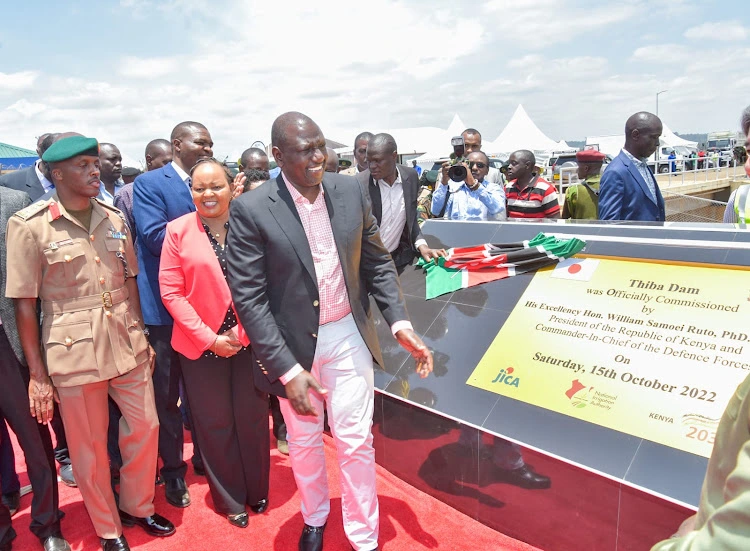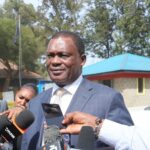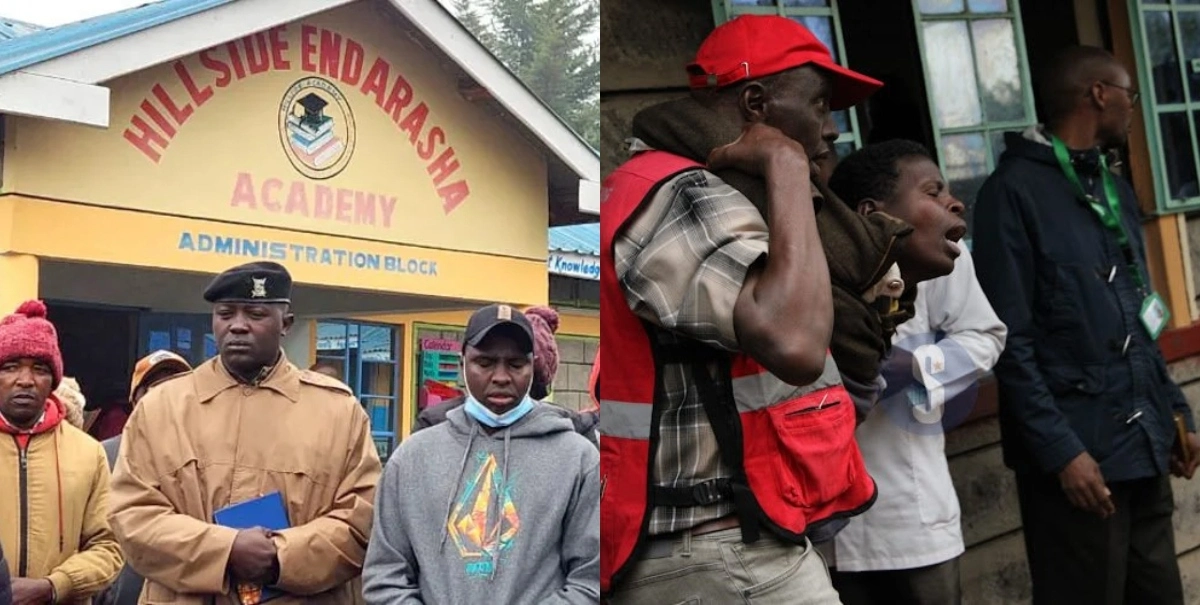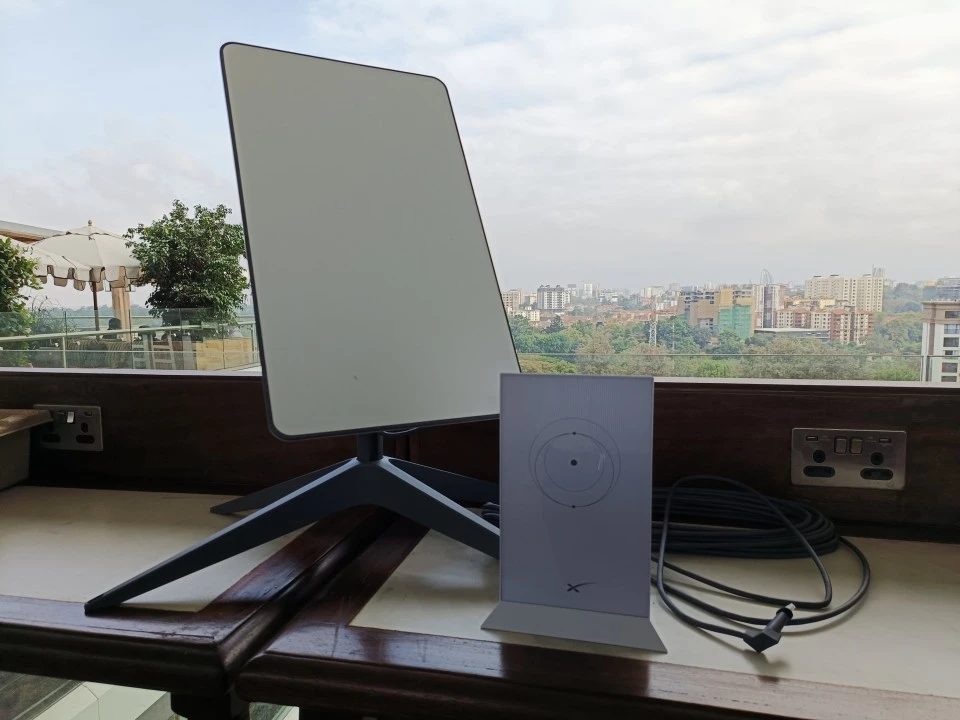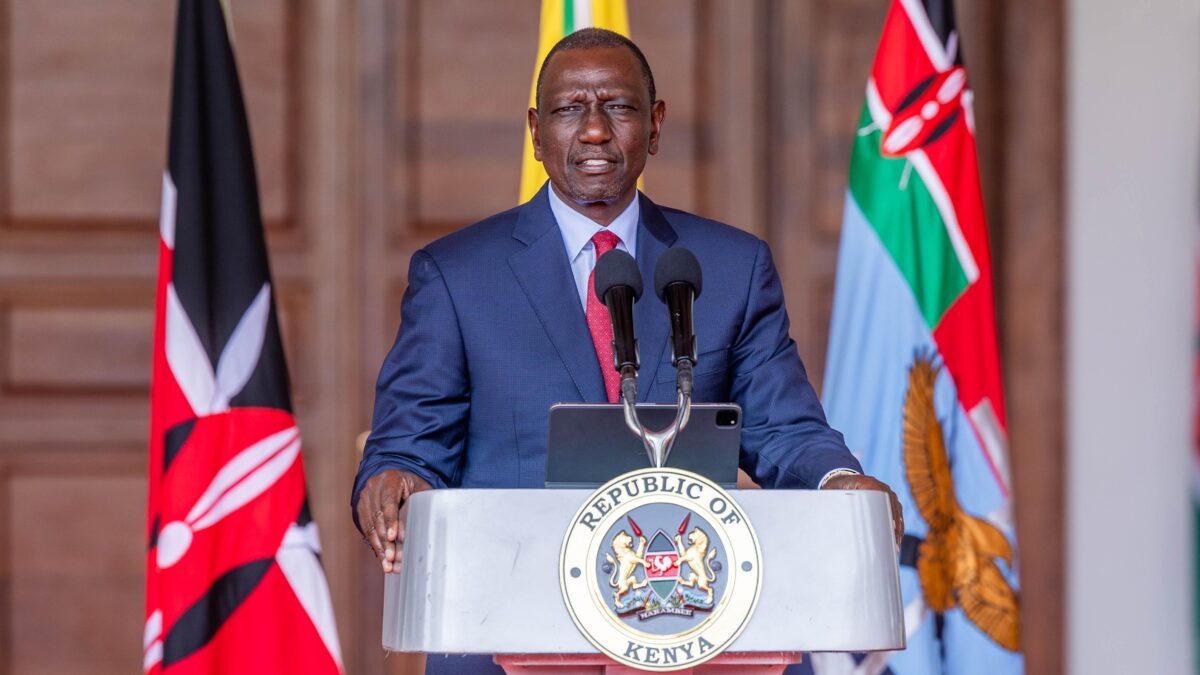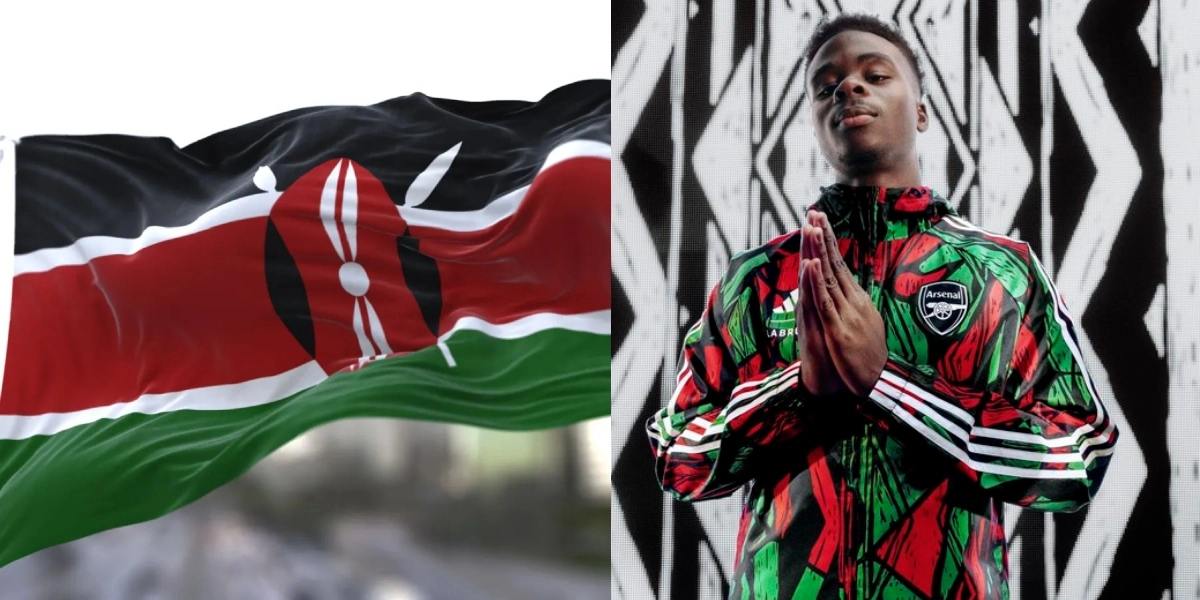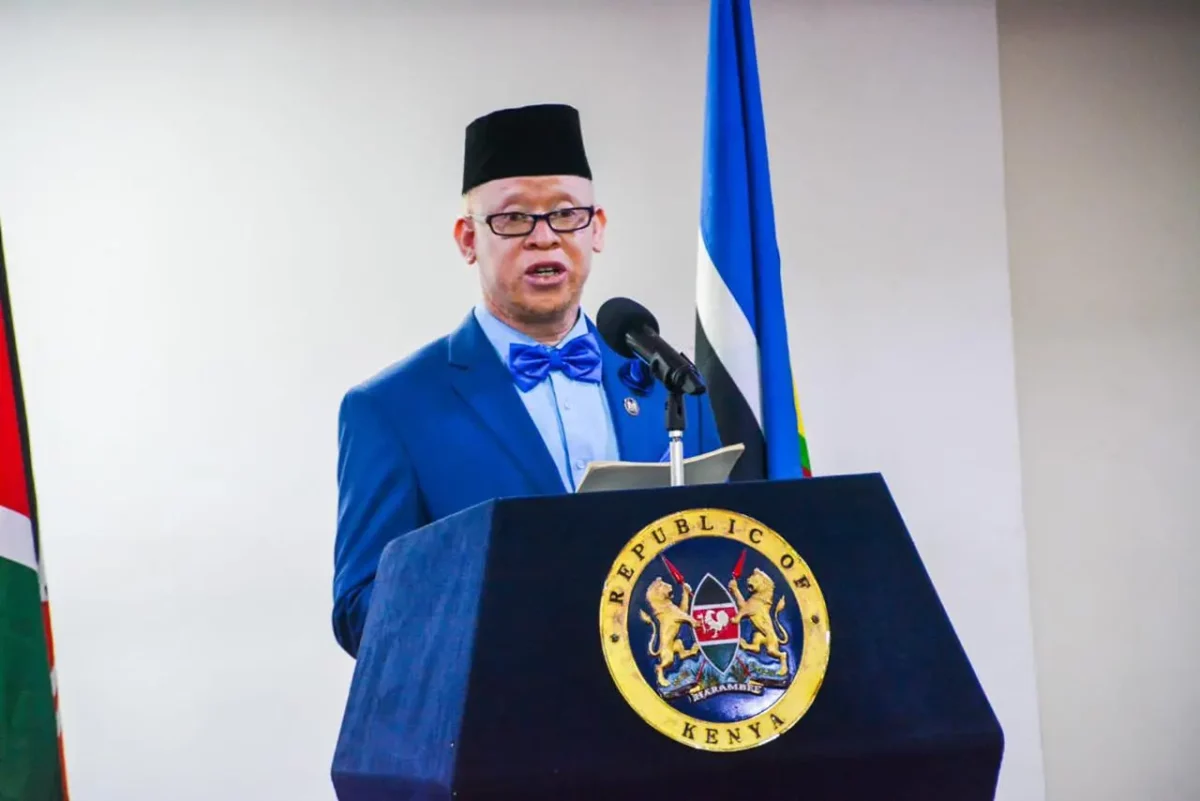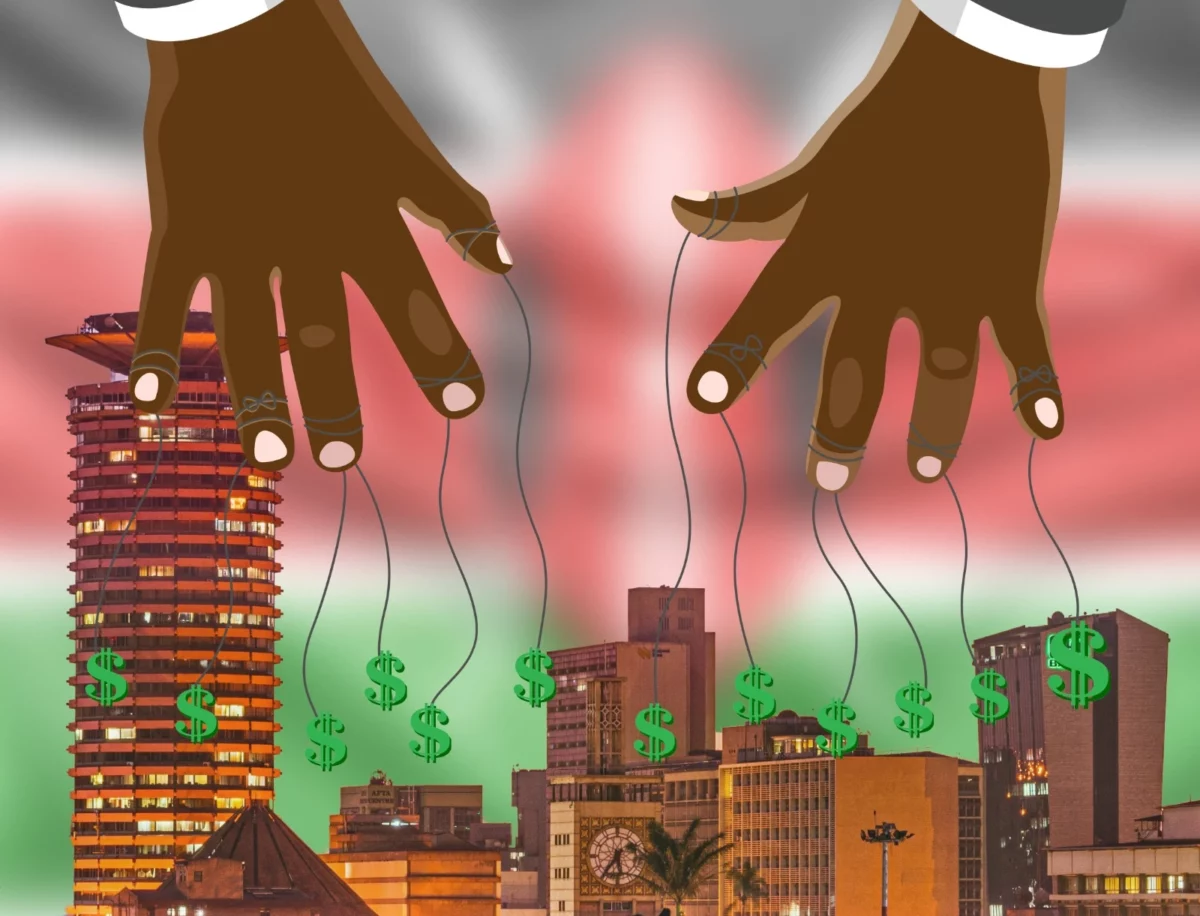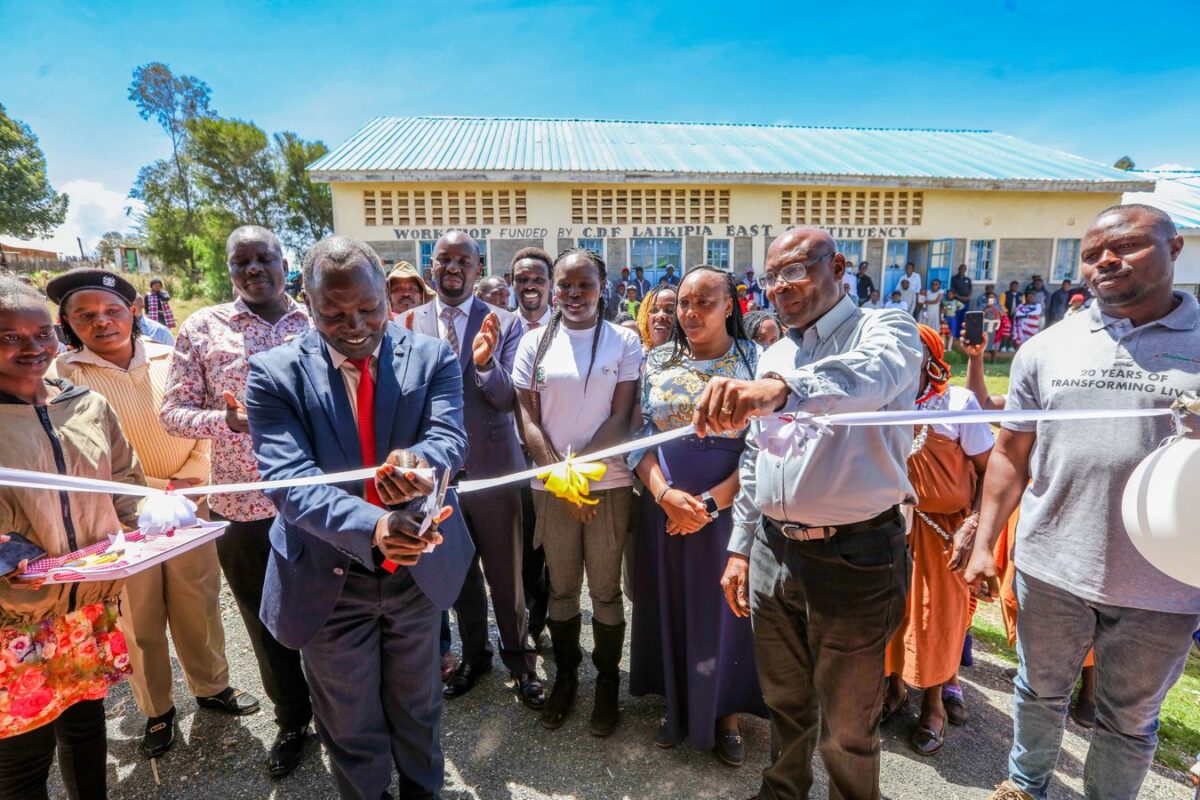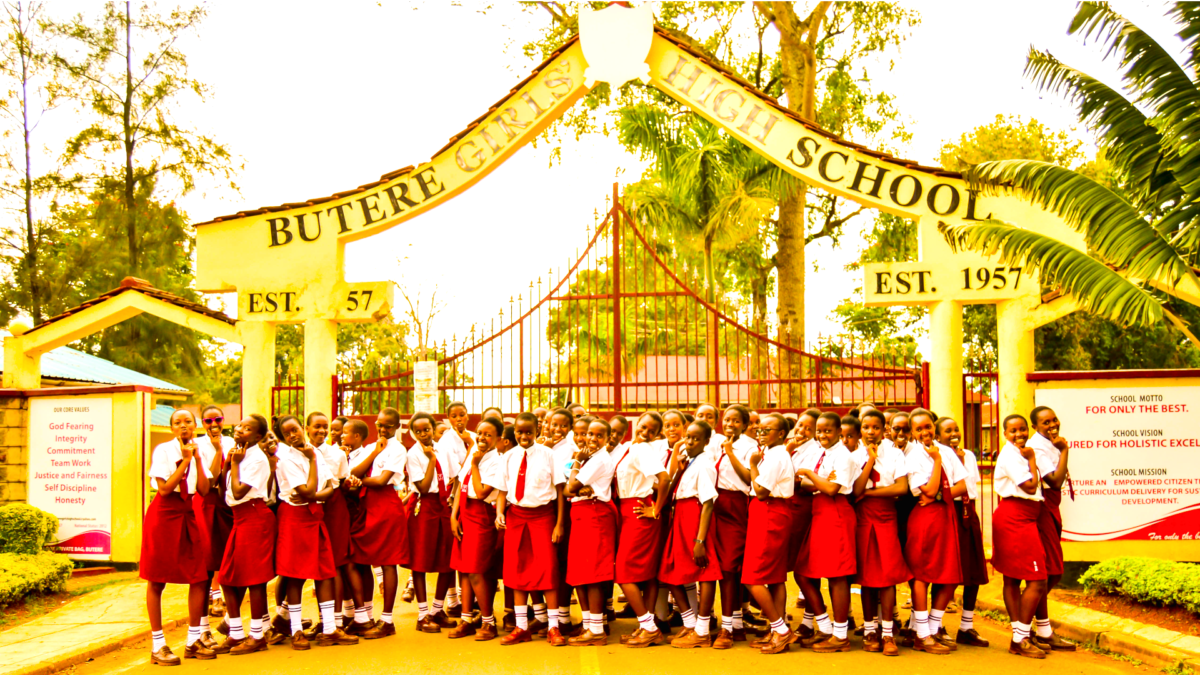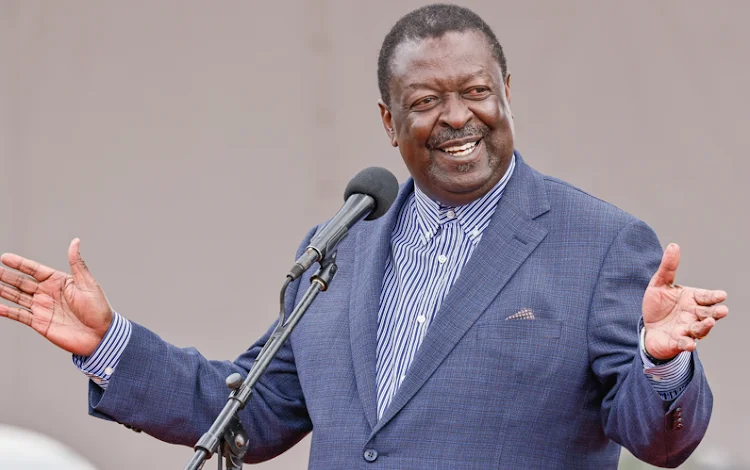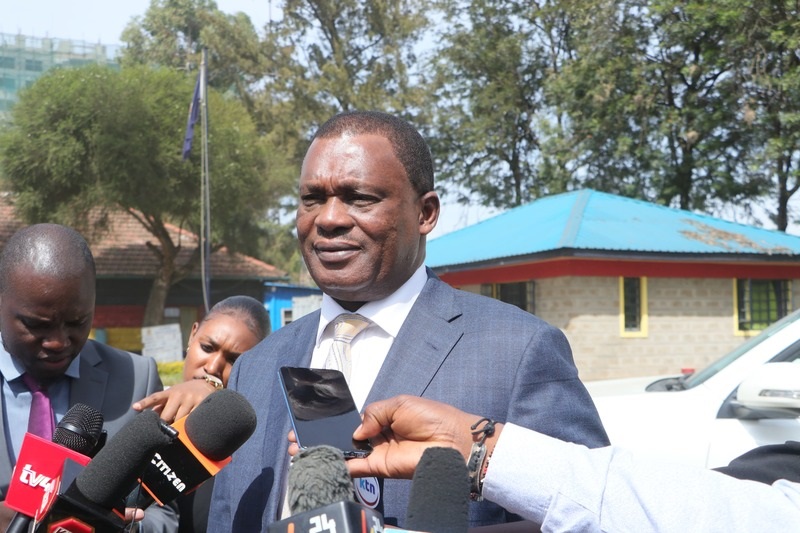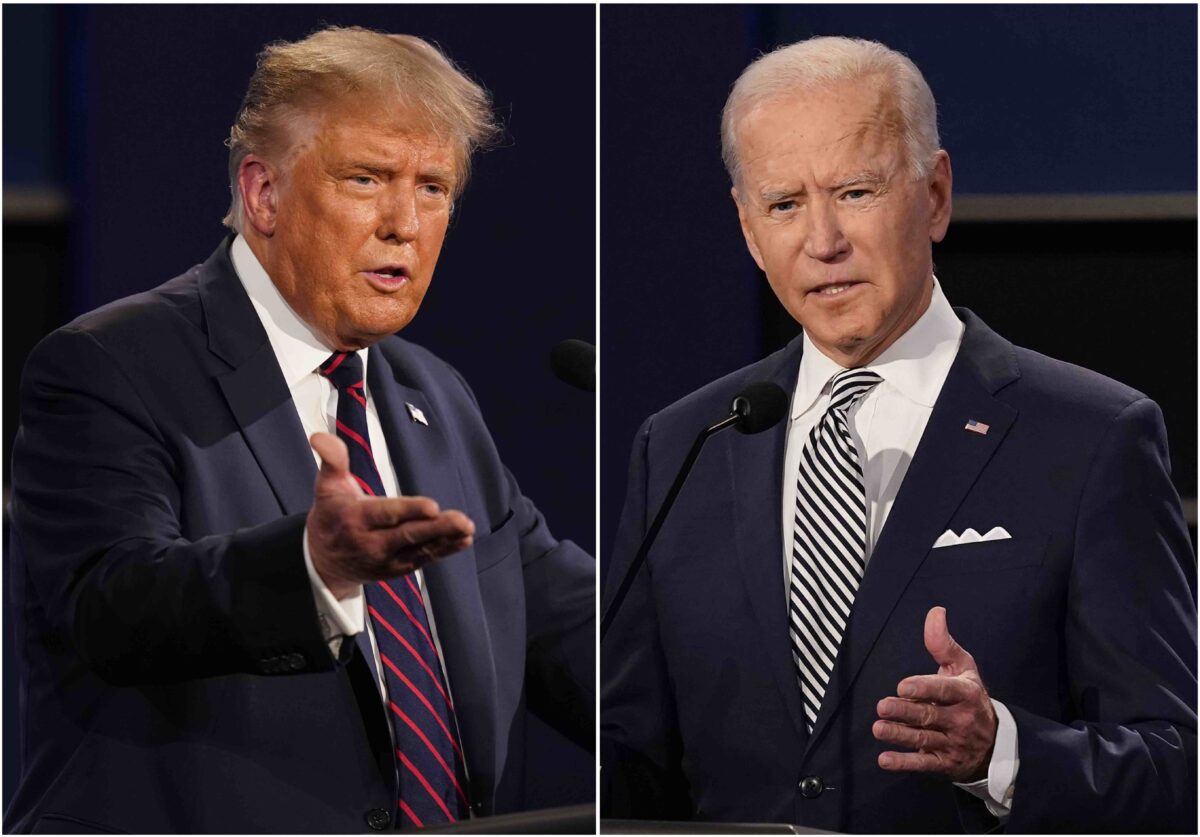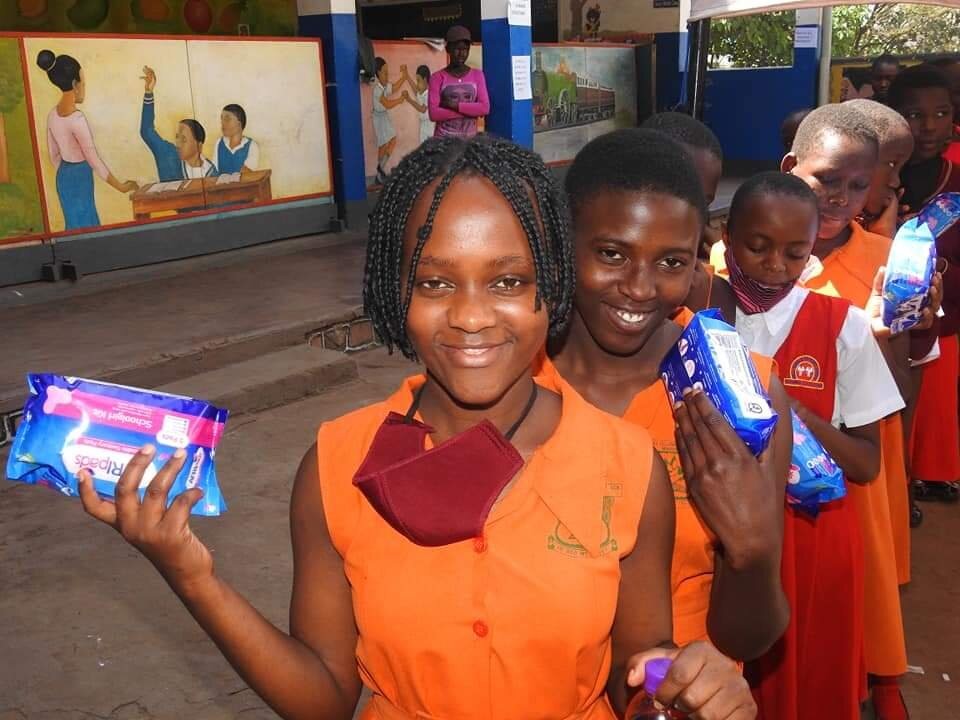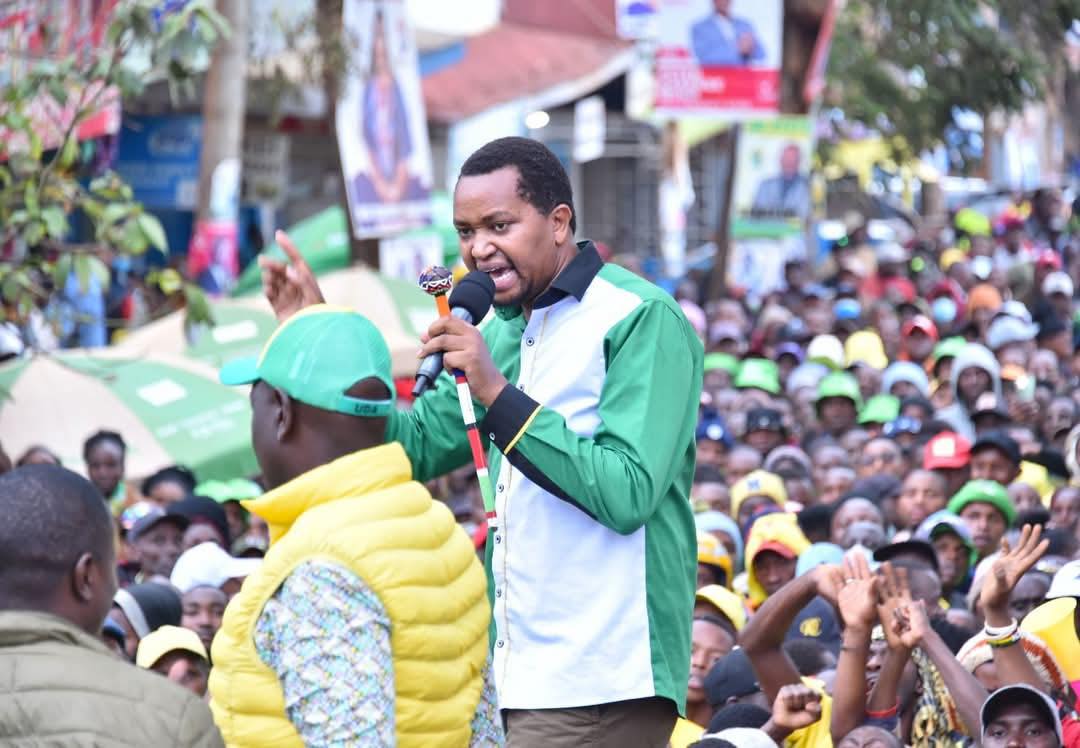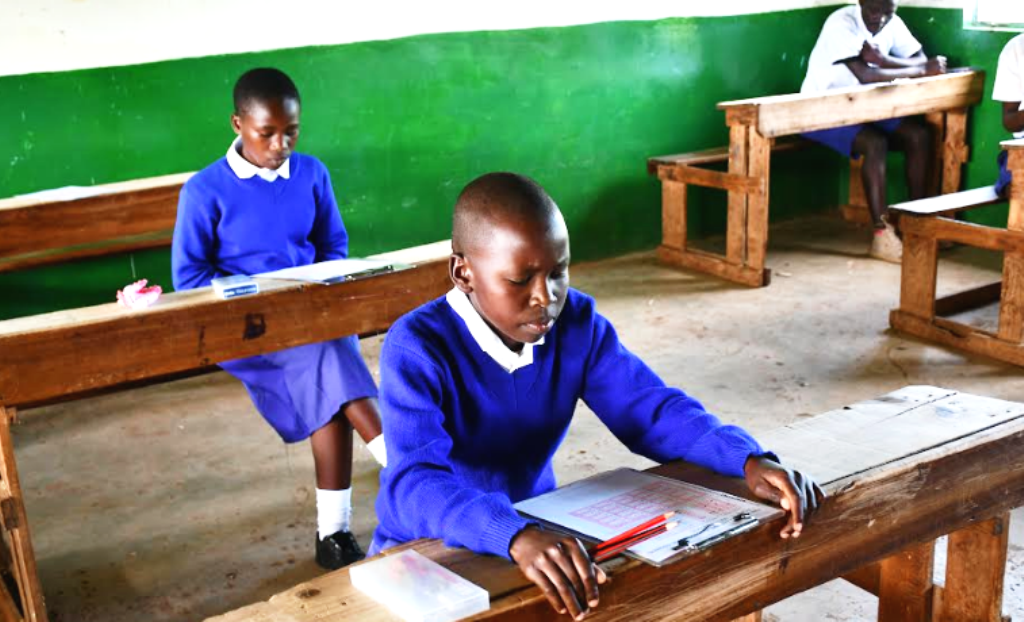Speaking at the commissioning of the Thiba dam in Kirinyaga on Saturday, October 15, President Ruto pitched his government’s plan to plant five billion trees to combat the adverse effects of climate change.
The head of state called upon all Kenyans to be part of this ambitious tree-planting drive.
He encouraged every citizen to be involved in their small way, breaking down the goal of five billion trees to 100 trees planted by each Kenyan, including children and even members of the opposition, who have been critical of his government’s actions.

“Every Kenyan, 50 million of us, must plant at least 100 trees, either in your compound, in your farm, or in any other place you find… that is the surest way for us to turn around the climate,” the president said.
One of the major promises of the Kenya Kwanza government is to beef up agricultural production in the country, in a bid to resolve issues of food security, economic growth, and high levels of unemployment. H. E William Ruto has been making rounds in the country to see that this promise is fulfilled, part of which was the commissioning of the Thiba Dam.
In his speech, the president said that tree planting was the starting point for a chain of outcomes that would result in economic growth and nation-building. This proposed approach to climate change action is similar to the ‘bottom-up’ approach that the President ascribes to, in solving economic challenges.
The empowerment and involvement of every citizen (including children), to be the key players in providing solutions to this global challenge, sounds like the one-bullet solution we all need.
Similarly, former president Uhuru Kenyatta, at the national tree planting day, 2018, themed “Panda Miti, Penda Kenya”, launched an initiative planning to grow 1.8 billion trees in five years. At the event, he urged Kenyans to plug in, saying, “We cannot protect our forests, and mitigate climate change unless we teach our sons and daughters how to manage our natural resources.”
As the world gears up for the COP 27 coming up in November, African countries are expected to present projects that will see them get funding to shield themselves and subsequently the world from the vagaries of climate change. However, several questions arise on the feasibility of this project, especially if the approach presented by the President is anything to go by.
Eyebrows can be raised at the claim that all Kenyans could achieve the feat of planting 100 trees in their homes and farms. According to Statista.com, by 2018, 46.5% of Kenyans lived in slums, to say nothing of those living in Arid and Semi-arid Lands (ASALs).
Subscribe to our YouTube channel at Switch TV.
Moreover, forestation takes more than the planting of trees alone. Nancy Ogonje, Executive Director of East African Wild Life Society, says most people do tree planting for PR/CSR purposes but the actual work is after planting the tree.
“It’s one thing to plant a tree, it’s another to grow a forest. Growing trees takes a lot of concerted effort, resources, commitment, and diligence in aftercare. For a seedling to grow into a tree, the seedlings must be the right size and quality, the soil moisture has to be conducive for growth and there has to be a plan for aftercare programs,” says Ogonje.
A lot more is to be desired in terms of actionable strategies, if the 5 billion trees target is to be attained.

